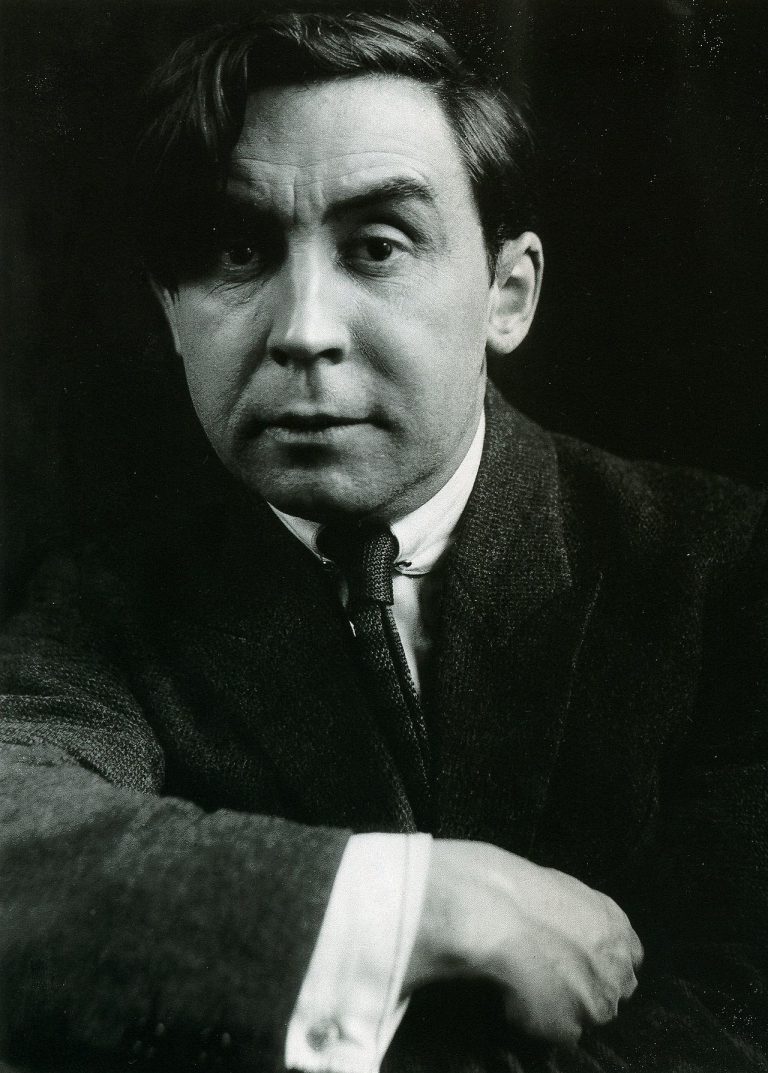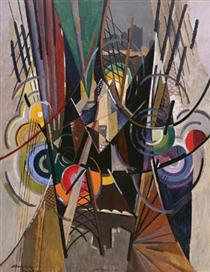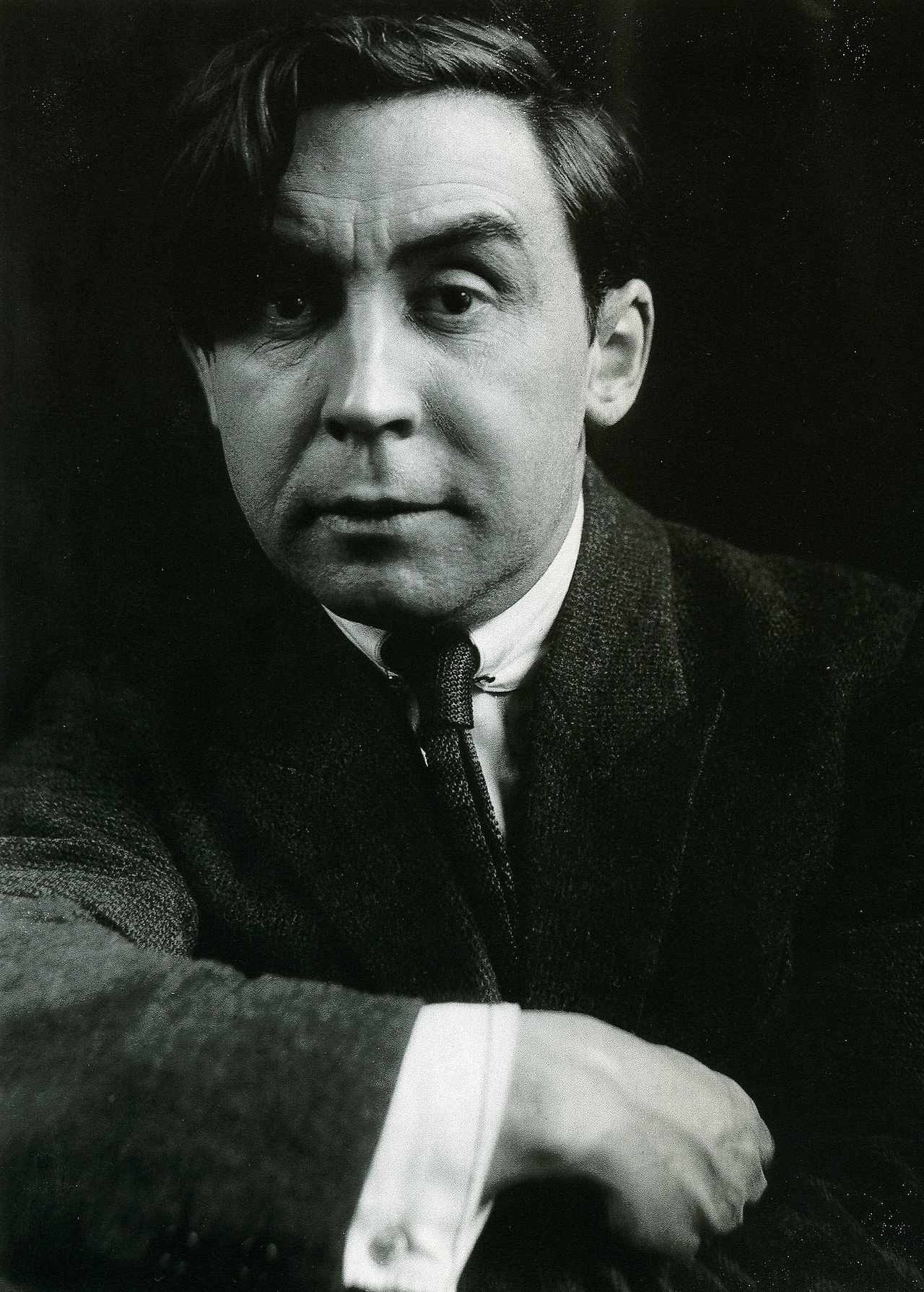
1881 - 1953
Albert Gleizes

description
A French artist, writer and art critic. Albert Gleizes was an adherent and theorist of Cubism, and author of “About Cubism”, the first book devoted to this area, co-authored with Jean Metzinger.
The artist was born into the family of an industrial designer. His grandfather and uncle, famous painter Leon Komerr, the winner of the Rome Prize (1875), were professional artists, and Albert received a classical art education. In 1899, he went to work at his father’s workshops, and in 1902 he joined the military in Abbeville, where he spent 4 years. During his service, he began to seriously study painting and presented his Impressionist works at the National Cathedral of France and at the Autumn Salon of 1903 and 1904.
Authorship of the very term “Cubism”, which he first mentioned in his article in the journal “Independent Review”, is also attributed to A. Gleizes. The artist was a member of the avant-garde group “Golden Section”, and took part in the first exhibition of abstract art in Paris in 1912. He led an active social life, founded the literary community “L’Abbaye de Créteil” as well as the art colony “Moly-Sabata”. Albert Gleizes is the author of numerous articles on art, and in 1923 he published the book “Painting and its laws.” The artist’s work and research in the field of painting contributed to the emergence of abstract art and its further development.
Key ideas:
– Following the ideas and principles of the art movement, the Cubism of Albert Gleizes has its own bright distinguishing features. First of all, we can note the dynamism of his paintings, in which the artist tried to capture the speed and rhythm of modern life, the noise and movement of the newest cars, and the rapid development of technology.
– The thirst for movement and life is something that catches your eye when you take a look at the work of Gleizes. At the same time, the artist does not lose sight of the spiritual component of existence, making a person with their emotions and the inner world the main character of his work.
– Unlike his fellow Cubists, Gleizes was not interesting in the genre of still life, preferring live nature in landscapes and portraits. In the center of his paintings, there are almost always people, and a heap of complex geometric shapes in the background is an industrial landscape. This composition style, as well as the harmonious use of large planes of saturated colors, attracts the eye and makes the viewer study the canvas for a long time, noticing more and more details.
– The painting style of the artist is surprisingly realistic, despite its Cubist characteristics: ignoring of perspective, displacement of proportions and fragmentation of shapes. Through the schematic and accurate reproduction of reality, you can see the sober view of the artist, who seems to see through objects, perceiving their primary design and discarding unnecessary details.
– The art of Albert Gleizes impresses with its complex harmony, depth of a creative thought and, at the same time, the simplicity and clarity of its expression. Famous avant-garde poet and art expert Guillaume Apollinaire had this to say: “Greatness is what primarily characterizes the work of Albert Gleizes. He brought an innovative movement and the quality inherent in few artists before him to modern art. This greatness awakens the imagination, turns on the fantasy, although from a plastic point of view, it uses very simple means.”
1881
1905
1909
1912
1915
1920
1930 - 1940
1953
The birth of the artist
The first creative steps

"the Puteaux group"

"Golden Section", the book "About Cubism"

Stay in USA

Scientific work and religious topics

the Grand Prix

The Death

Albert Gleizes
On Artist
flow
Impressionism
Symbolism
friends
Jean Dominique
Jean Metzinger
Alice Bailly
artists
Paul Cezanne,
Pablo Picasso
Georges Braque
Fernand Leger
Robert Delaunay
Henri Le Fauconnier
Alfred Sisley
Camille Pissarro
By Artist
flow
Cubism
Abstract Art
friends
Jean Dominique
Jean Metzinger
Alice Bailly
Dorrit Black
Georges Valmier
artists
Marc Chagall
André Lhote
